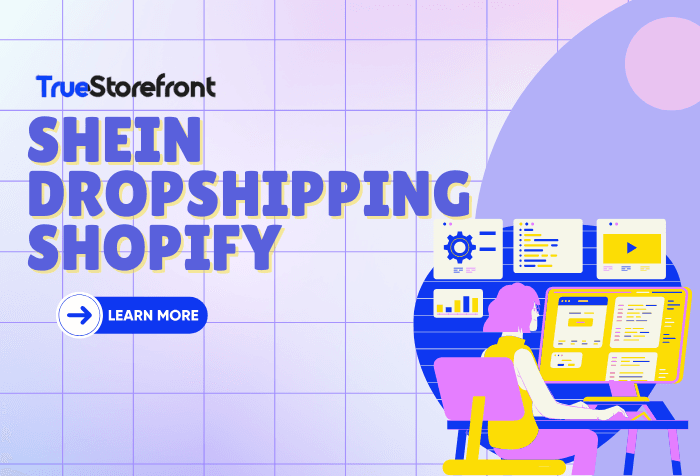In the world of e-commerce, dropshipping has become a popular method for aspiring entrepreneurs to start their online businesses with minimal risk and investment. Among various products available for dropshipping, Shein's trendy and affordable fashion items stand out as a lucrative opportunity. In this guide, we'll explore what Shein dropshipping is, how it works with Shopify, its benefits and challenges, and how you can start your own Shein dropshipping store today.
I. What is Shein?
Shein is a global online retail platform known for its vast selection of fashionable apparel, accessories, and lifestyle products at incredibly low prices. Founded in 2008, Shein quickly grew into a fast-fashion giant, appealing primarily to Gen Z and millennial consumers. The brand offers thousands of new styles every week, ensuring that its inventory reflects the latest trends in the fashion industry.
II. What is Shopify Dropshipping?
Shopify dropshipping is a retail fulfillment method that allows entrepreneurs to create an online store without the need to maintain inventory. Instead, when a customer orders a product, the store owner purchases it from a third-party supplier who then ships it directly to the customer. This model allows sellers to focus on marketing and customer service while minimizing financial risk.
III. Understanding Shein Shopify Dropshipping
Shein dropshipping refers to sourcing fashion products from Shein's extensive catalog to sell on a Shopify store. By utilizing Shein's trendy inventory, dropshippers can cater to the fashion-forward demographic without dealing with the complexities of inventory management.
3.1. Benefits of Using Shein Dropshipping on Shopify
-
Vast Product Selection: Shein offers an extensive range of trendy clothing and accessories, allowing dropshippers to appeal to various consumer tastes.
-
Affordability: Shein's competitive pricing enables dropshippers to set attractive retail prices while maintaining healthy profit margins.
-
Fast Fashion: With frequent inventory updates, Shein provides access to the latest fashion trends, making it easier for dropshippers to attract style-conscious shoppers.
-
Ease of Setup: Shopify's user-friendly platform simplifies the process of setting up an online store, making it accessible for new entrepreneurs.
-
Marketing Support: Shein’s strong online presence and collaborations with influencers create opportunities for dropshippers to leverage social media marketing.
3.2. Advantages and Disadvantages of Shein Dropshipping on Shopify
Advantages of Shein Dropshipping on Shopify
1. Wide Product Selection:
- Diverse Inventory: Shein offers a vast range of trendy clothing, accessories, and lifestyle products, allowing dropshippers to cater to various niches and customer preferences.
2. Affordable Prices:
- Competitive Pricing: Shein’s low prices enable dropshippers to set attractive retail prices while maintaining healthy profit margins.
3. Trend-Focused:
- Fast Fashion: With frequent updates to its inventory, Shein allows dropshippers to offer the latest fashion trends, appealing to style-conscious consumers.
4. User-Friendly Platform:
- Easy Store Setup: Shopify’s intuitive interface makes it easy for beginners to set up and manage their online stores without needing extensive technical knowledge.
5. No Inventory Management:
- Reduced Overhead Costs: Since products are shipped directly from Shein to the customer, dropshippers don’t need to handle inventory or warehousing.
6. Marketing Opportunities:
- Strong Online Presence: Shein collaborates with influencers and runs social media campaigns, providing potential marketing avenues for dropshippers to explore.
7. Scalability:
- Flexible Growth: As a dropshipper, you can easily scale your business by adding new products and expanding marketing efforts without the constraints of physical inventory.
Disadvantages of Shein Dropshipping on Shopify
1. Quality Control Issues:
- Inconsistent Quality: Since dropshippers don’t handle products directly, ensuring product quality can be challenging. It’s essential to choose items with positive reviews.
2. Shipping Times:
- Long Delivery Times: Shein's shipping times may vary, leading to customer dissatisfaction if products take longer to arrive than expected, especially during peak seasons.
3. Return and Refund Complications:
- Complex Processes: Handling returns and refunds can be complicated when dealing with a third-party supplier like Shein, requiring clear communication and policies to manage customer expectations.
4. High Competition:
- Market Saturation: The popularity of Shein and dropshipping can lead to increased competition, making it essential for dropshippers to differentiate their brands.
5. Limited Customization:
- Standard Listings: Products come with preset descriptions and images, making it difficult to create unique listings that stand out from competitors.
6. Dependency on Supplier:
- Lack of Control: Relying on Shein as a supplier means that any changes in their policies, pricing, or inventory could directly affect your business operations.
7. Marketing Challenges:
- Brand Identity: As a dropshipper, it can be challenging to build a strong brand identity when offering products from a well-known retailer like Shein.
8. Potential Legal Issues:
- Copyright and Trademark Risks: Using Shein's product images and descriptions without proper modification may lead to copyright and trademark issues.
IV. How to Dropship Products from Shein on Your Shopify Store
Starting your Shein dropshipping store on Shopify is a straightforward process. Here’s a step-by-step guide:
Step 1: Create a Shopify Store
1. Sign Up: Create a Shopify account and select a suitable plan.
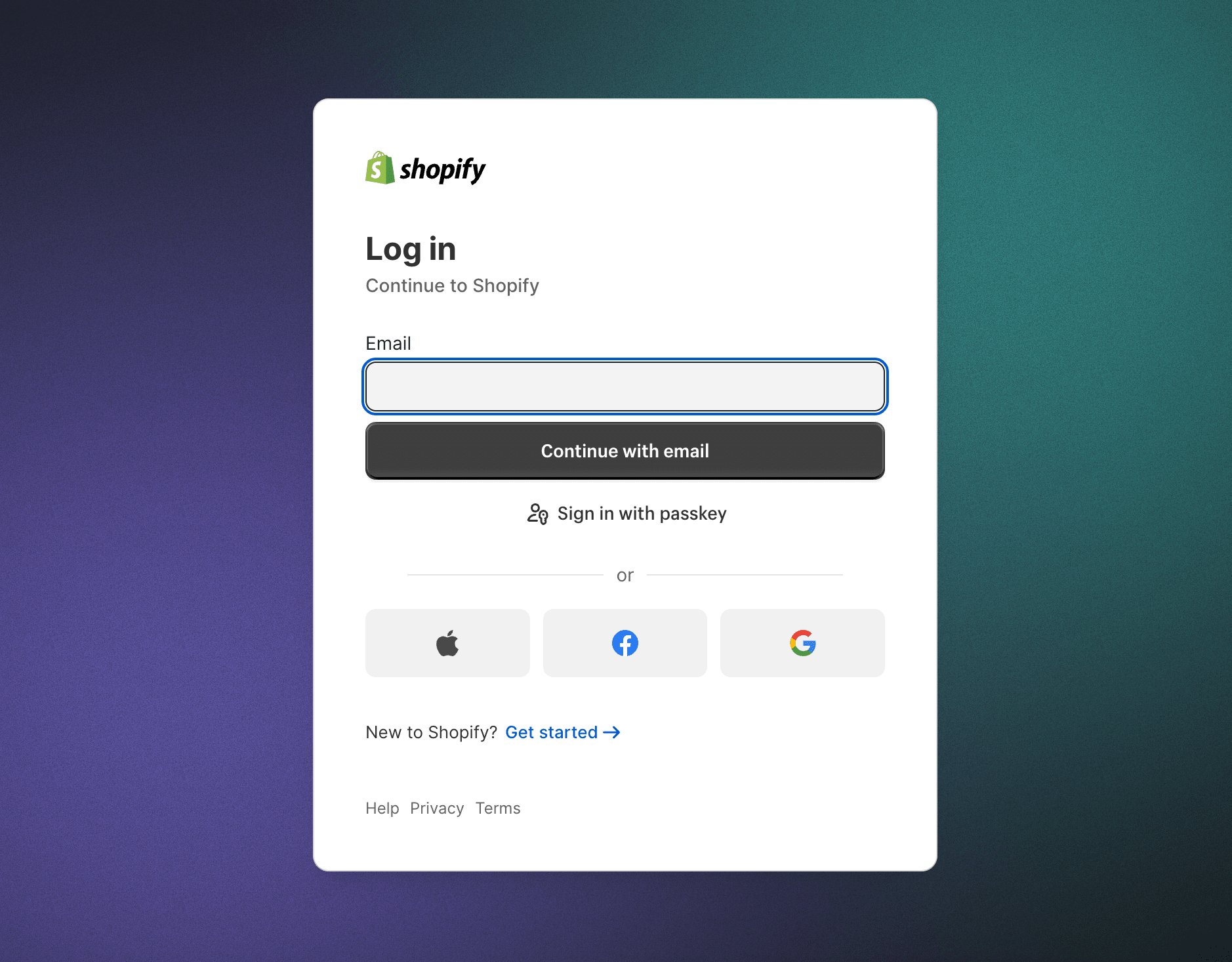
2. Choose a Niche: Decide on a specific niche or product category from Shein.
3. Install Apps: Find a dropshipping app (e.g., Oberlo) in the Shopify App Store to facilitate product importing.
4. Connect to Shein: Link your Shein account to the app for access to Shein's product catalog.
5. Customize Your Store: Design your store with themes and branding elements (logo, colors).
6. Set Up Payment Gateway: Configure payment options (e.g., PayPal, credit cards).
7. Define Shipping Options: Set clear shipping options and costs.
8. Launch and Market: After reviewing functionalities, launch your store and implement marketing strategies.
Step 2: Legal Considerations
1. Business Registration: Ensure your business complies with local laws.
2. Intellectual Property: Avoid unauthorized use of Shein’s branding.
3. Product Liability: Understand your responsibilities regarding product quality.
4. Tax Obligations: Be aware of tax regulations for online sales.
5. Return Policies: Establish clear terms of service and return policies.
Step 3: Create a Shein Account
1. Sign Up: Go to the Shein website and register for an account.

2. Verify Email: Complete the registration process by verifying your email.
3. Browse Products: Start exploring Shein's catalog for dropshipping.
Step 4: Select Products
1. Market Research: Identify trending products that fit your niche.
2. Quality Check: Ensure selected products have high-quality images and descriptions.
3. Pricing Strategy: Analyze costs and desired profit margins.
4. Create Listings: Craft compelling product descriptions for your Shopify store.
Step 5: Install Shopify Apps
1. Explore Apps: Search for dropshipping apps that integrate with Shein.
2. Install App: Click “Add app” and follow the instructions to connect your Shein account.
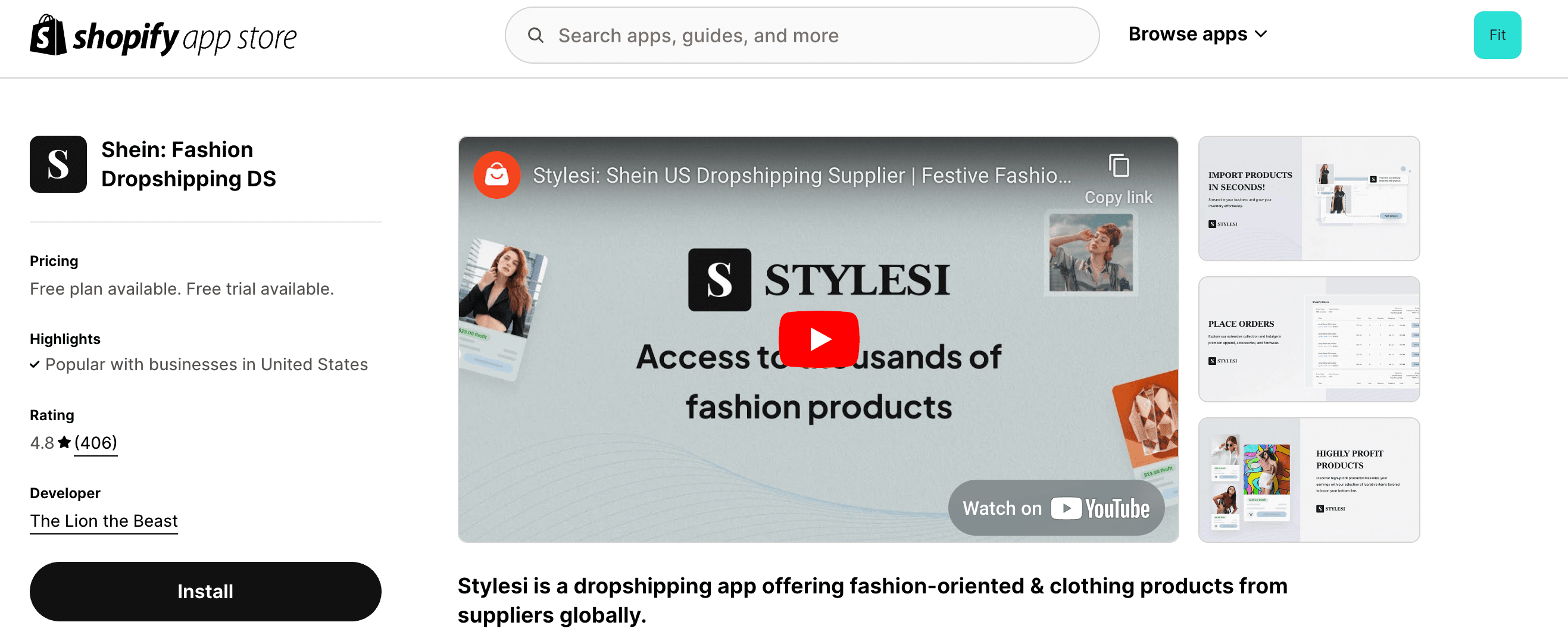
3.Import Products: Use the app to import products from Shein to your store.
Step 6: Set Pricing and Profit Margins
-
Cost Analysis: Calculate total costs (product price + shipping).
-
Competitor Research: Check competitor pricing for similar products.
-
Profit Margin: Set your profit margin (typically 30-50%).
-
Dynamic Pricing: Adjust prices based on market trends.
Step 7: Import Products
- Select Products: Choose products from Shein to add to your store.
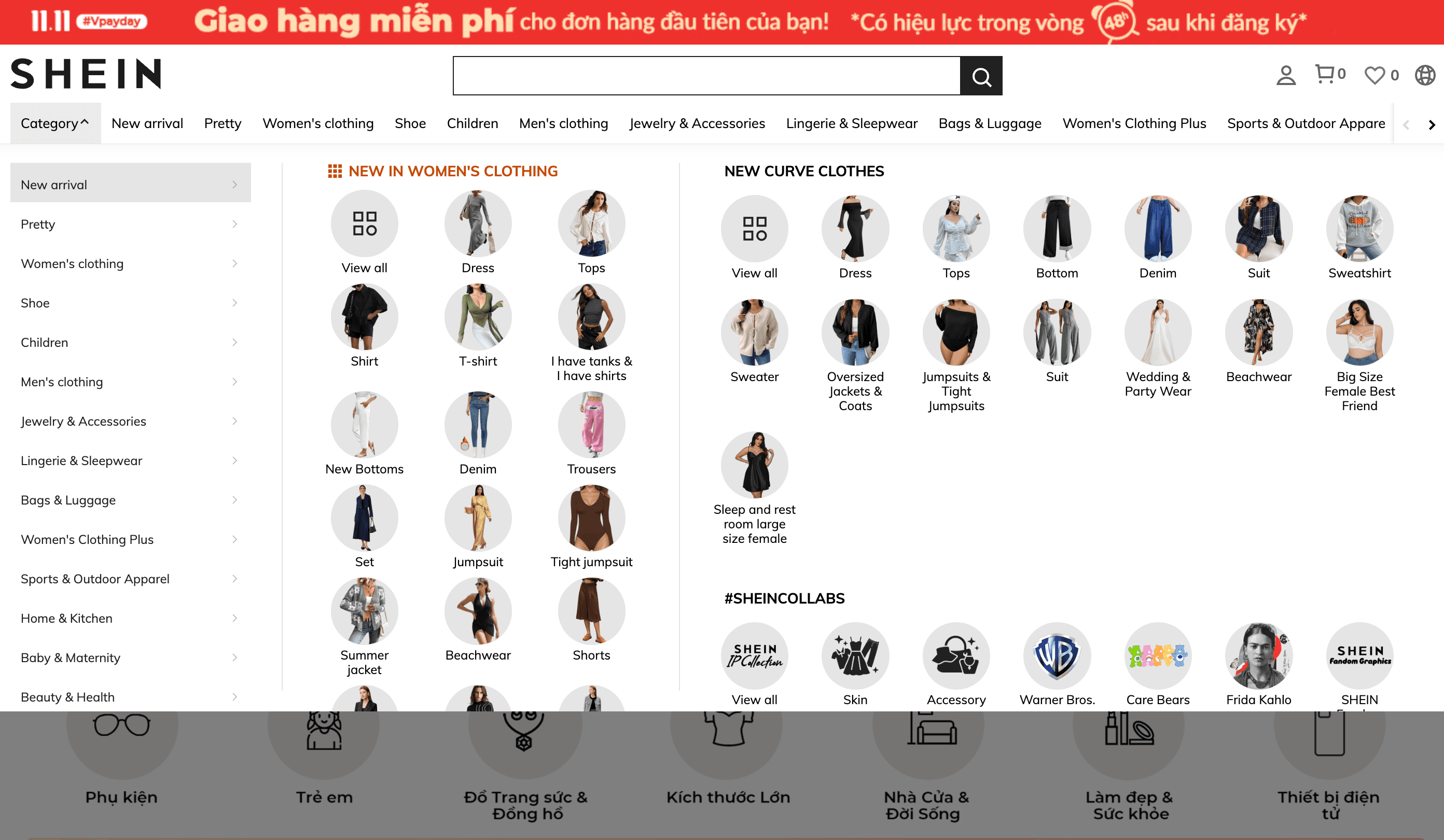
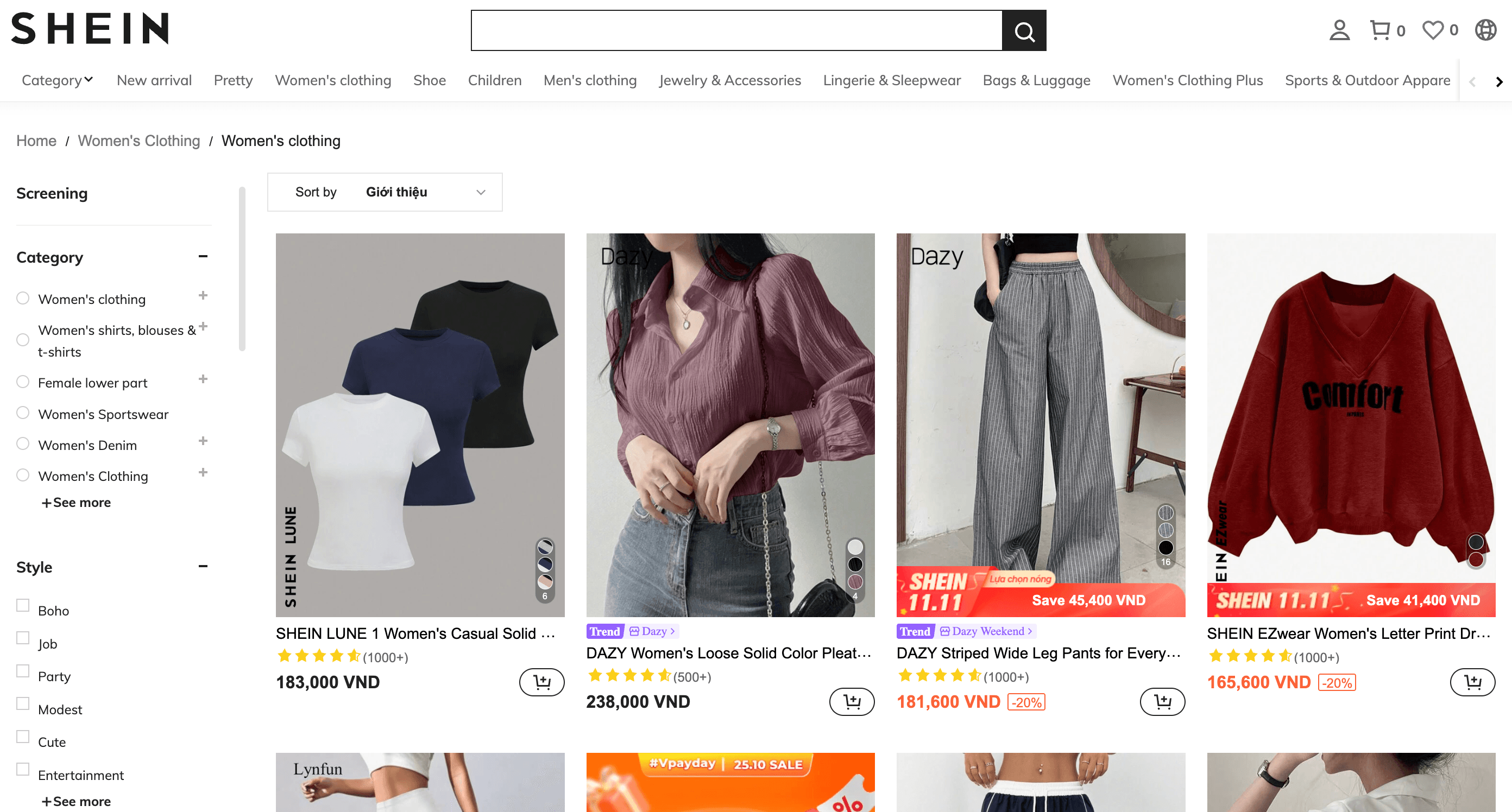
-
Use Dropshipping App: Import product listings, including images and descriptions.
-
Customize Listings: Edit titles and descriptions to match your branding.
Step 8: Optimize Product Descriptions and SEO
-
Keyword Research: Identify relevant keywords for your products.
-
Unique Descriptions: Write unique product descriptions that highlight benefits.
-
SEO Optimization: Optimize titles, images, and meta descriptions for search engines.
-
Mobile Optimization: Ensure your store is mobile-friendly.
Step 9: Manage Inventory and Pricing
1. Inventory Updates: Regularly sync inventory levels with Shein.
2. Monitor Prices: Adjust pricing in response to Shein's price changes.
3. Promotions: Consider discounts and bundles to attract customers.
Step 10: Order Fulfillment
1. Process Orders: Send order details to Shein promptly after receiving customer orders.
2. Track Shipments: Provide customers with tracking information.
3. Returns Management: Implement a clear return process in collaboration with Shein.
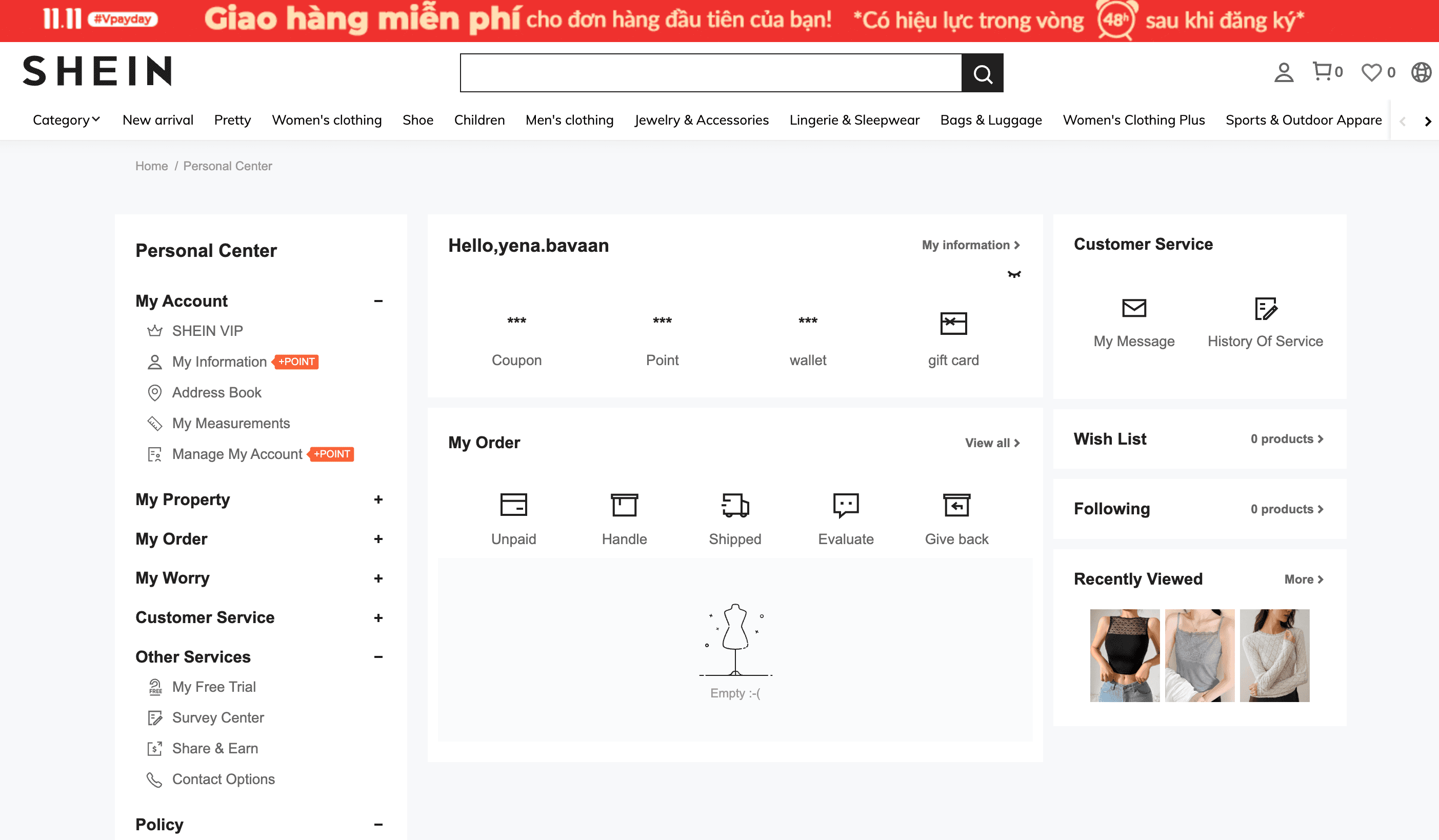
Step 11: Provide Customer Service and Support
1. Timely Communication: Respond quickly to customer inquiries.
2. Address Issues: Handle returns and refunds according to your policies.
3. Collect Feedback: Use customer feedback to improve service and products.
Step 12: Implement Marketing and Promotion
1. Market Research: Understand your audience and competitors.
2. Brand Identity: Develop a cohesive brand image for your store.
3. Marketing Strategies: Use social media, SEO, and email marketing to drive traffic.
V. Best Shein Dropshipping Alternatives to Check Out In 2024
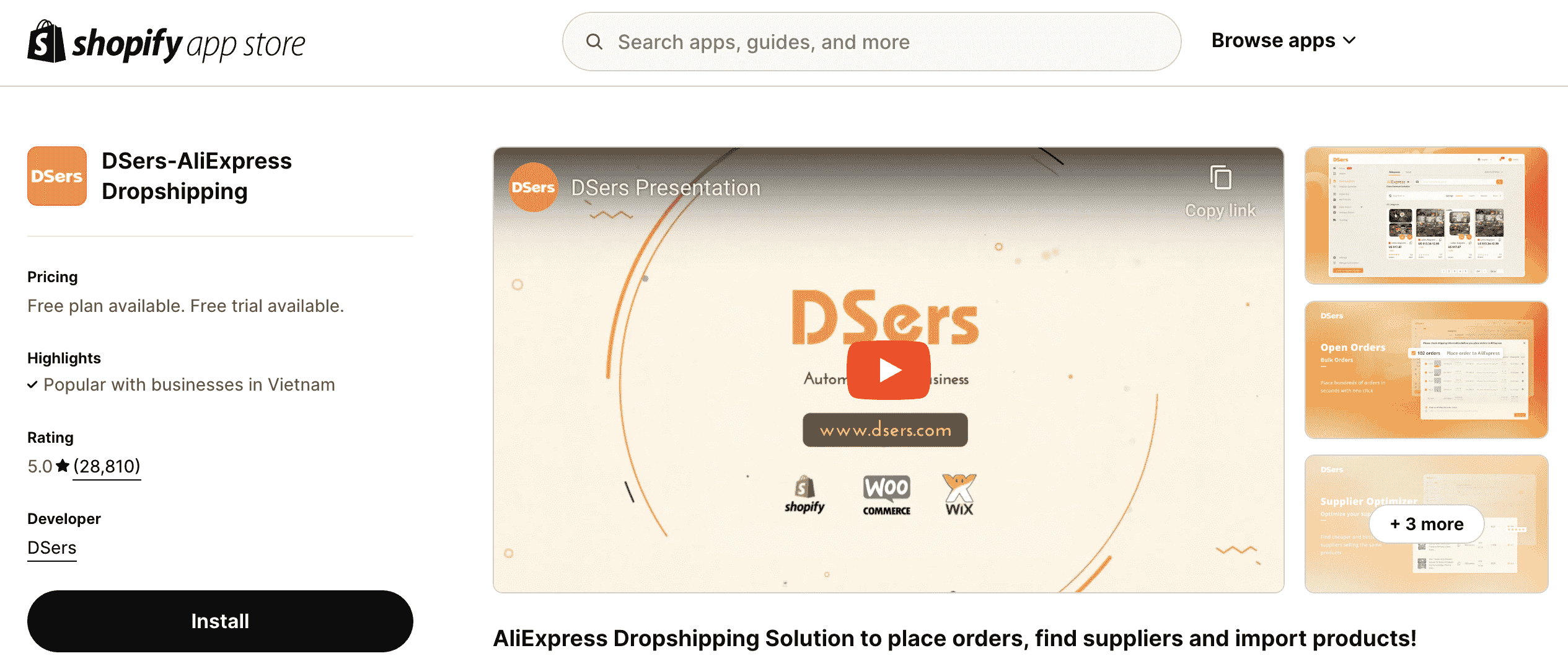
DSers is a powerful dropshipping tool designed to help businesses streamline their operations. It connects seamlessly with leading e-commerce platforms like Shopify, WooCommerce, and Wix, enabling users to efficiently import products from AliExpress and other suppliers, making it easier to manage and grow their online store.
Pricing Plans:
-
Basic: Free
-
Advanced: $19.90/month
-
Pro: $49.90/month
-
Enterprise: $499/month
Pros:
-
Bulk order fulfillment.
-
Automated order tracking.
-
Integration with multiple platforms.
Cons:
-
Limited to AliExpress suppliers.
-
AliExpress shipping times can be slow.
Use it for: High-volume stores selling a wide variety of affordable products.
2. Zendrop - Dropshipping & POD
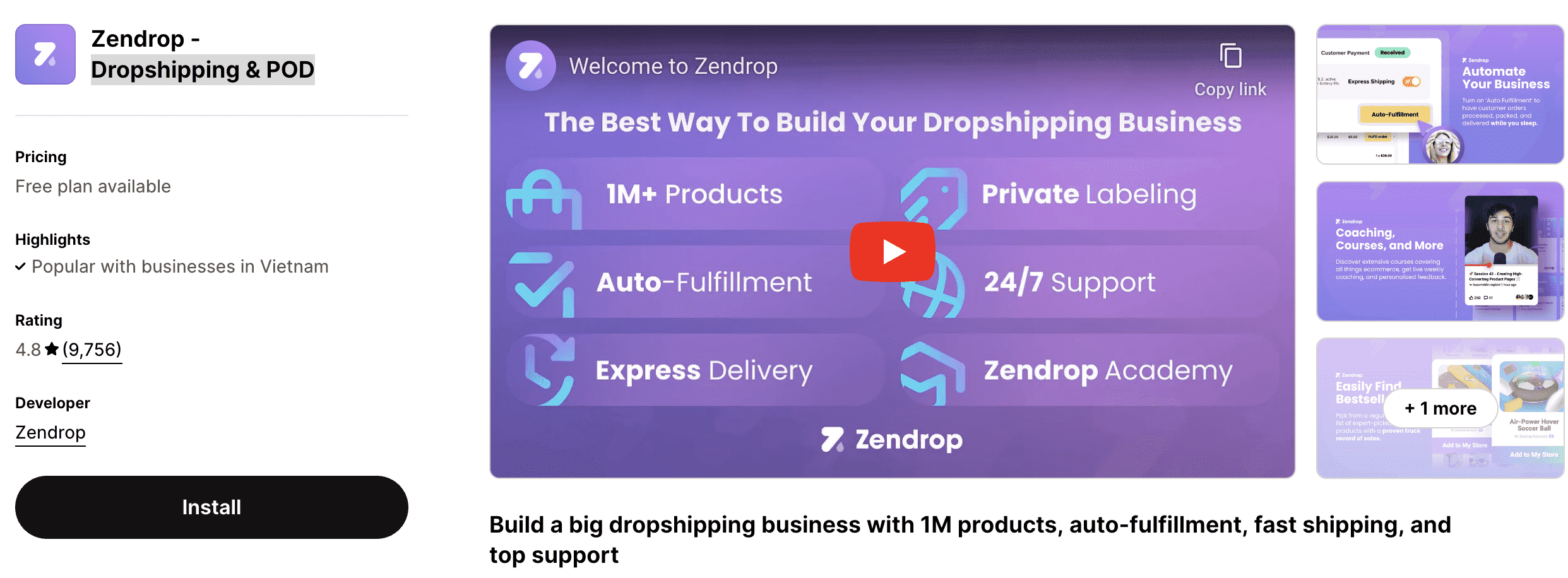 Zendrop is a dropshipping platform that makes it easier for online stores to manage their retail operations. It allows retailers to effortlessly discover products, add them to their stores, and automate the order fulfillment process. By using Zendrop, retailers can optimize their workflow and concentrate on business growth without the hassle of handling inventory or managing shipping logistics.
Zendrop is a dropshipping platform that makes it easier for online stores to manage their retail operations. It allows retailers to effortlessly discover products, add them to their stores, and automate the order fulfillment process. By using Zendrop, retailers can optimize their workflow and concentrate on business growth without the hassle of handling inventory or managing shipping logistics.
Pricing Plans:
-
Free: $0/month
-
Pro: $49/month
-
Plus: $79/month
Pros:
-
Faster shipping from US and EU suppliers.
-
Product branding options.
Cons:
- Limited product variety compared to AliExpress-based apps.
Use it for: Stores prioritizing fast shipping and quality products.
3. Printful: Print on Demand
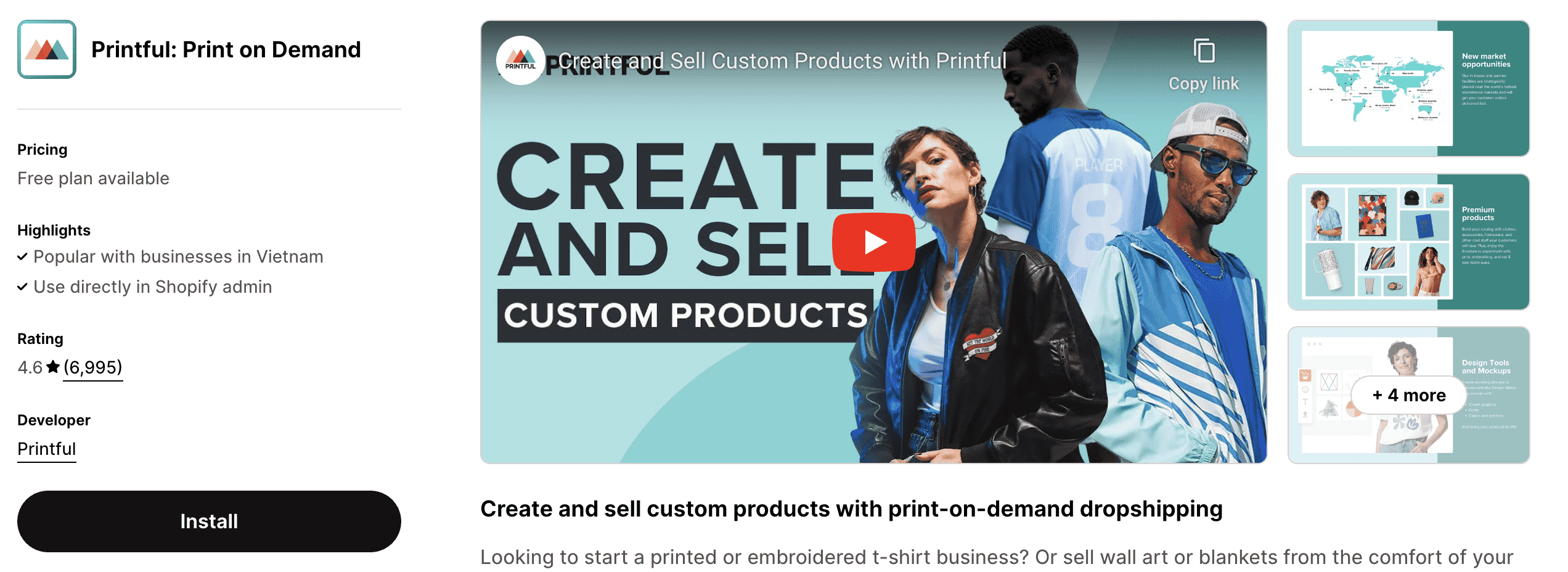 Printful is an on-demand printing and dropshipping service that empowers businesses to design and sell custom products online. Users can seamlessly integrate Printful with various e-commerce platforms, including Shopify, WooCommerce, and Etsy, enabling them to manage their sales and production effortlessly while offering unique, personalized items to their customers.
Printful is an on-demand printing and dropshipping service that empowers businesses to design and sell custom products online. Users can seamlessly integrate Printful with various e-commerce platforms, including Shopify, WooCommerce, and Etsy, enabling them to manage their sales and production effortlessly while offering unique, personalized items to their customers.
Pricing Plans:
-
Free: $0/month
-
Printful Growth: $24.99/month
Pros:
-
No upfront costs.
-
Global fulfillment centers.
-
High-quality customizable products.
Cons:
- Profit margins may be lower due to printing costs.
Use it for: Merchandising and selling custom products without inventory.
4. CJdropshipping: Much Faster
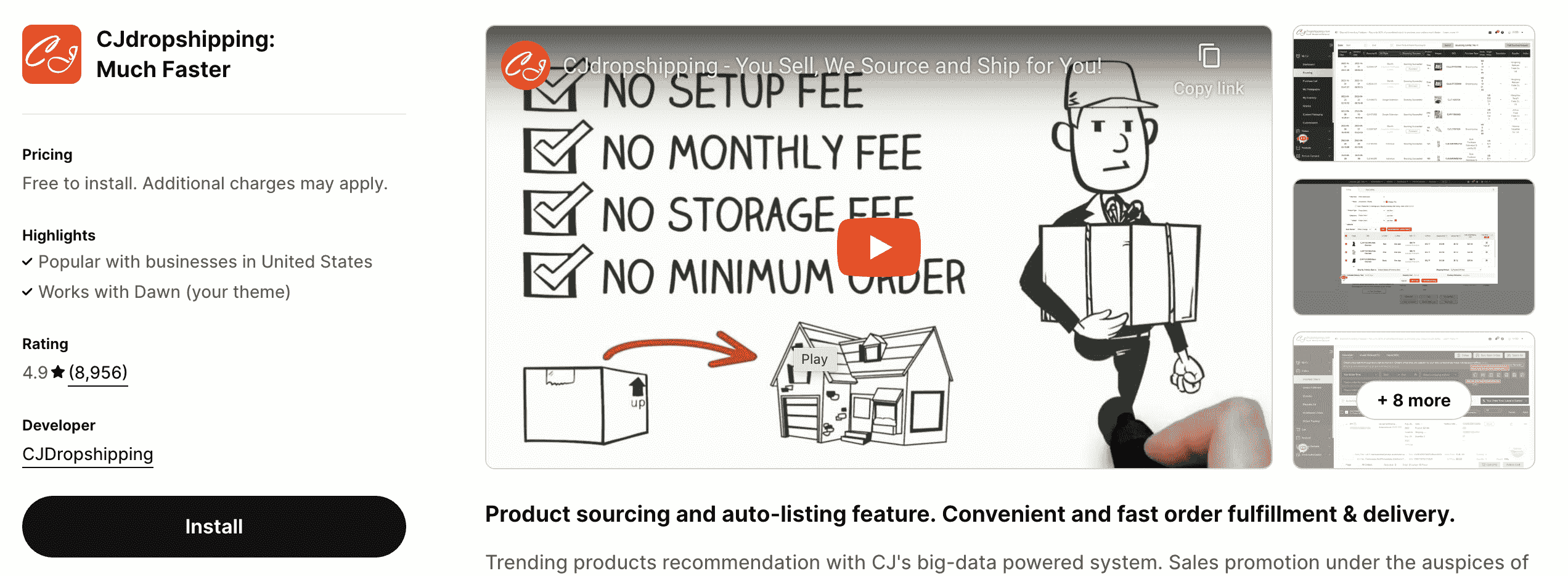
CJDropshipping is an e-commerce platform designed for dropshipping, allowing sellers to avoid holding inventory by purchasing products from third-party suppliers as orders come in. The platform facilitates product sourcing, order fulfillment, inventory management, and shipping logistics, linking sellers with suppliers while providing tools to optimize their business operations.
Pricing Plans:
-
Free: $0/month
-
Plus: $15.99/month
-
Prime: $19.99/month
-
Advanced: $59.99/month
Pros:
-
Warehouses in multiple regions.
-
Automated order fulfillment and processing.
-
Product sourcing services.
Cons:
- Interface can be complex for beginners.
Use it for: International shipping with fast delivery options and access to a wide range of products.
5. Trendsi- Fashion Dropshipping
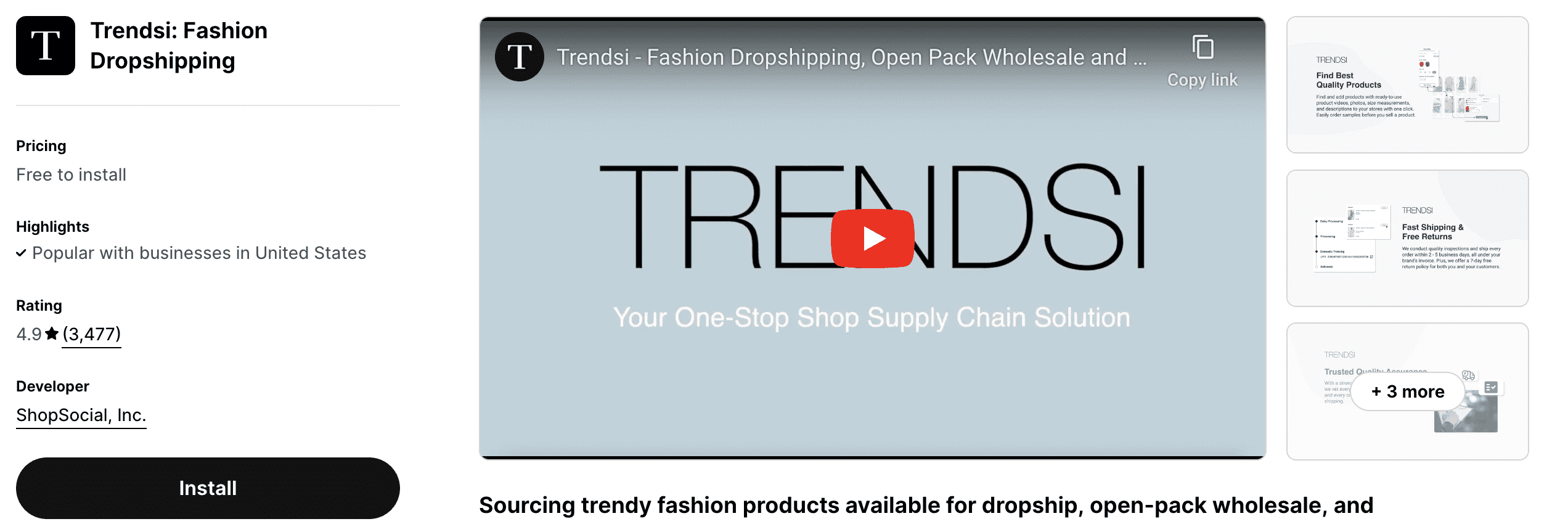
Trendsi is a dropshipping app tailored for the fashion industry, designed to connect Shopify store owners with top-notch apparel suppliers. It offers a hassle-free solution for adding stylish clothing and accessories to your store, along with dependable fulfillment services to ensure smooth order processing and delivery.
Pros:
-
Wide range of fashionable products.
-
Fast shipping from US suppliers.
-
Automated inventory management.
Cons:
-
Limited to fashion products.
-
Variable quality among suppliers.
Use it for: Entrepreneurs wanting to launch a fashion-focused online store.
6. Spocket - US & EU Dropshipping
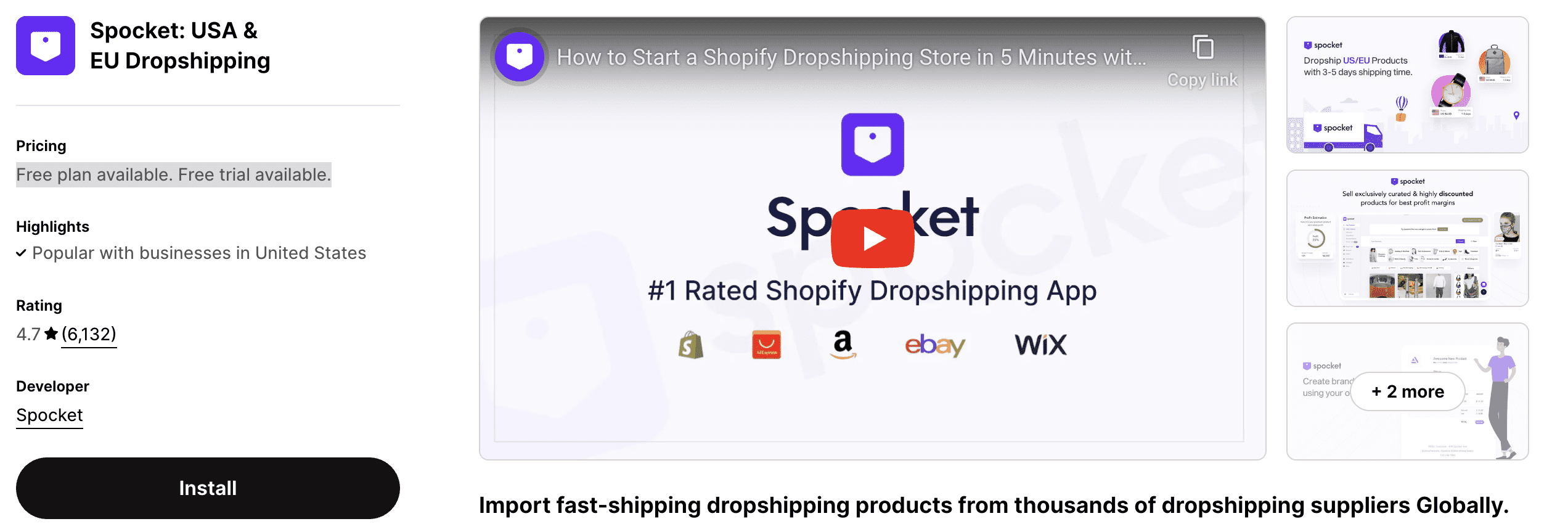
Spocket is an online platform that streamlines the dropshipping process, enabling entrepreneurs to effortlessly discover and source products from suppliers globally. It primarily connects merchants with suppliers based in the United States and Europe, providing access to a diverse array of products across multiple categories, including fashion, beauty, electronics, and home goods.
Pricing Plans:
-
Free: $0/month
-
Starter: $39.99/month
-
Pro: $59.99/month
-
Empire: $99.99/month
-
Unicorn: $299/month
Pros:
-
Fast shipping from US/EU suppliers.
-
High-quality products.
-
Easy product importation.
Cons:
- Limited selection compared to global suppliers.
Use it for: Stores targeting US and EU markets with faster delivery times.
Read more: Best Shopify Dropshipping Apps for 2024
VI. Conclusion
Shein dropshipping on Shopify offers an exciting opportunity for aspiring entrepreneurs to tap into the fast-fashion market without the burden of inventory management. By leveraging Shein’s extensive catalog and Shopify’s robust platform, you can create a thriving online store that caters to trendy consumers. While challenges exist, with the right strategies and commitment, you can build a successful dropshipping business. Start your journey today and join the world of fast fashion!
Read more:
